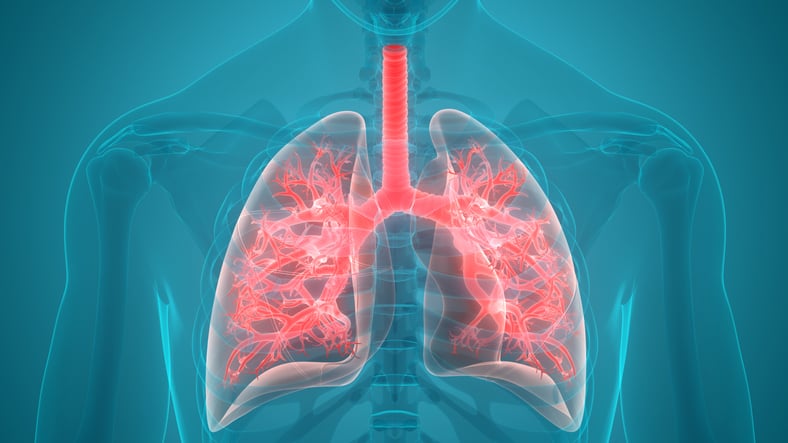Bronchiectasis is a chronic lung disease (CLD) characterized by irreversible bronchial dilatation noted on computed tomography associated with chronic cough, ongoing viscid sputum production, and recurrent pulmonary infections. Patients with bronchiectasis can be classified into two groups: those with cystic fibrosis and those without cystic fibrosis. Individuals with either cystic fibrosis related bronchiectasis (CFRB) or noncystic fibrosis related bronchiectasis (NCFRB) experience continuous airway inflammation and suffer airway architectural changes that foster the acquisition of a unique polymicrobial community. The presence of microorganisms increases airway inflammation, triggers pulmonary exacerbations (PEx), reduces quality of life (QOL), and, in some cases, is an independent risk factor for increased mortality. As there is no cure for either condition, prevention and control of infection is paramount. Such an undertaking incorporates patient/family and healthcare team education, immunoprophylaxis, microorganism source control, antimicrobial chemoprophylaxis, organism eradication, daily pulmonary disease management, and, in some cases, thoracic surgery. This review is a summary of recommendations aimed to thwart patient acquisition of pathologic organisms, and those therapies known to mitigate the effects of chronic airway infection. A thorough discussion of airway clearance techniques and treatment of or screening for nontuberculous mycobacteria (NTM) is beyond the scope of this discussion.
Infection prevention and chronic disease management in cystic fibrosis and noncystic fibrosis bronchiectasis.


